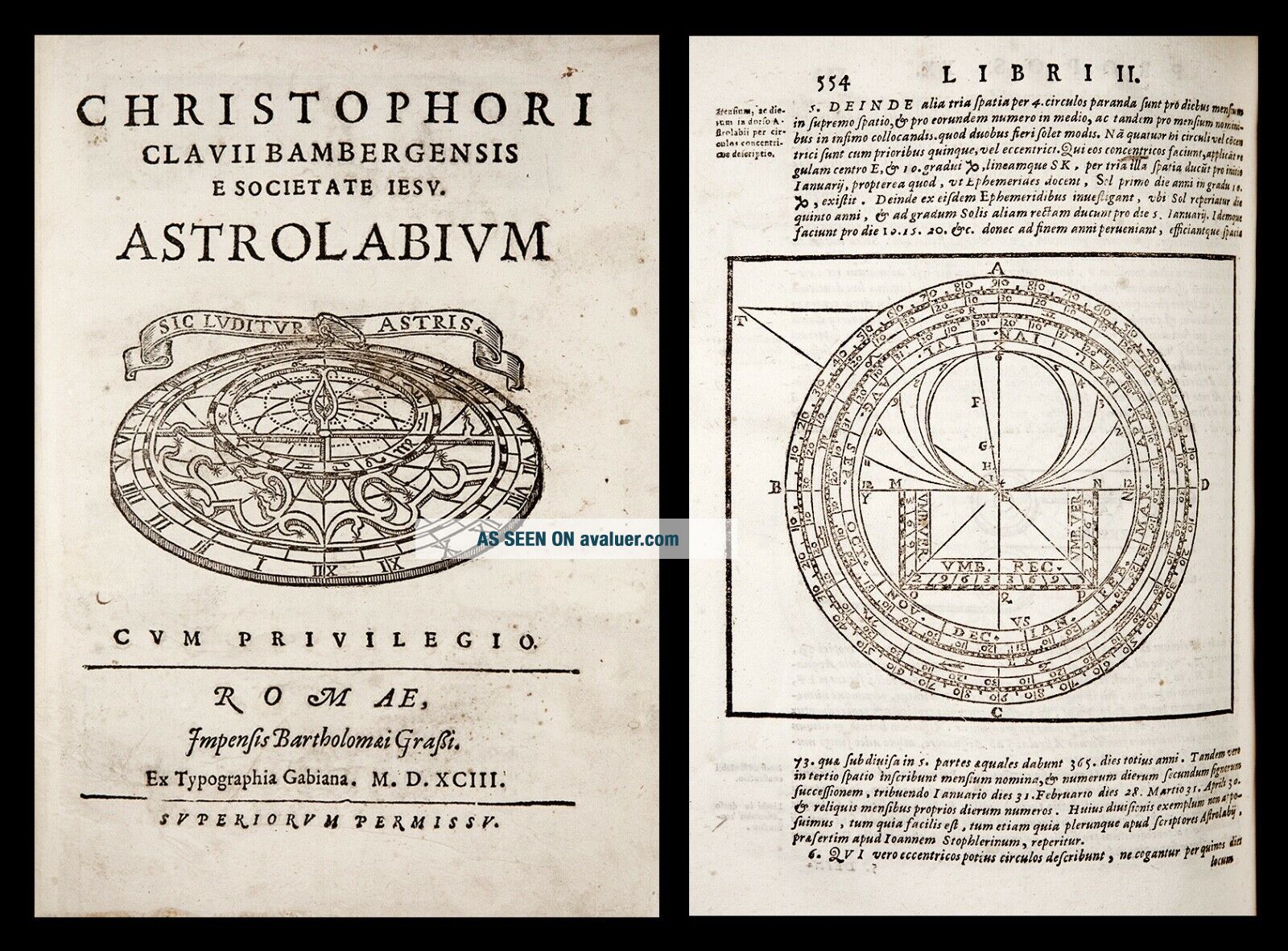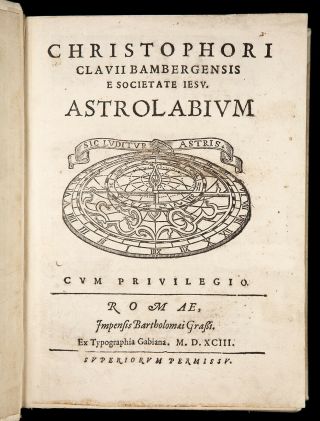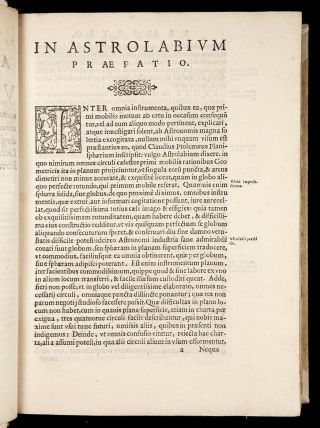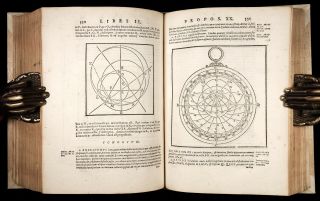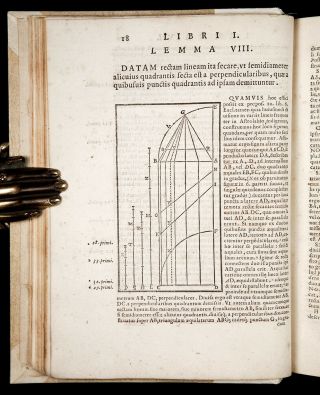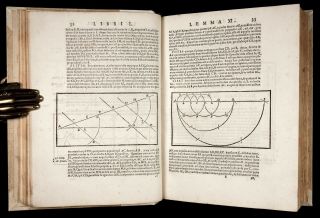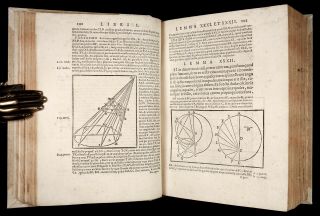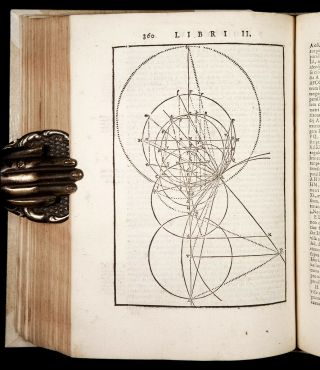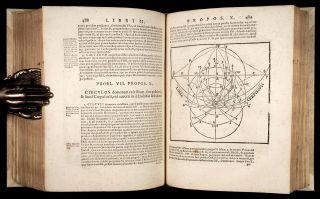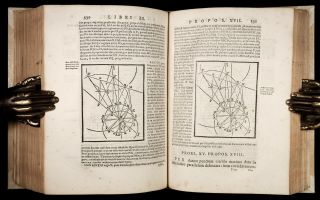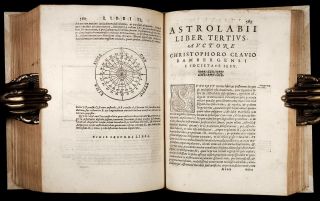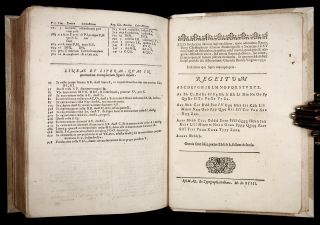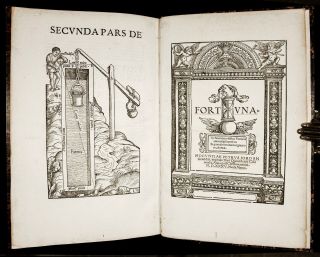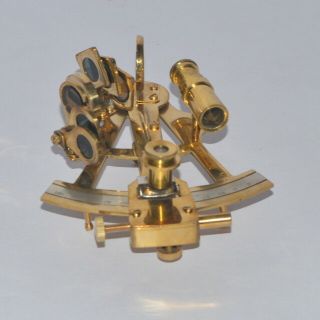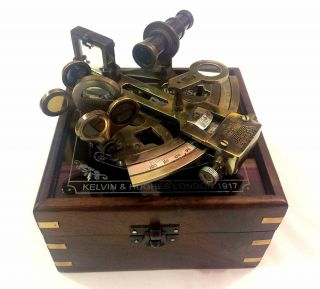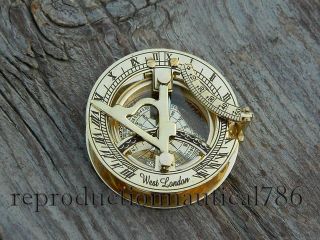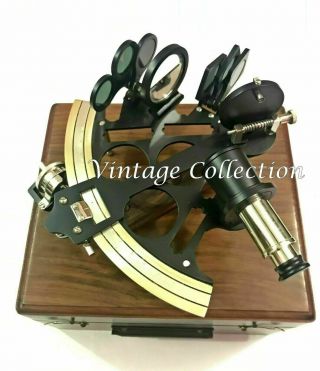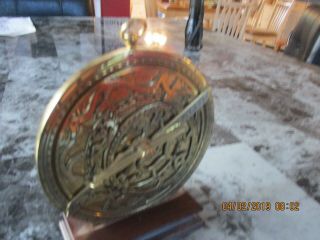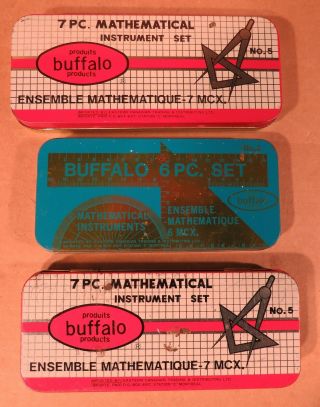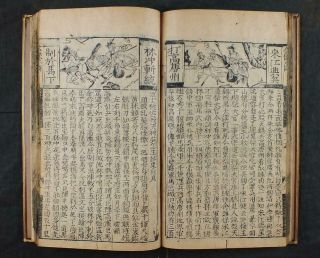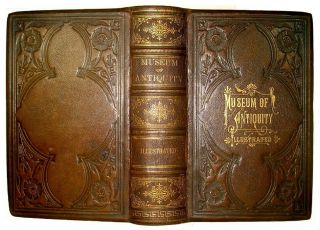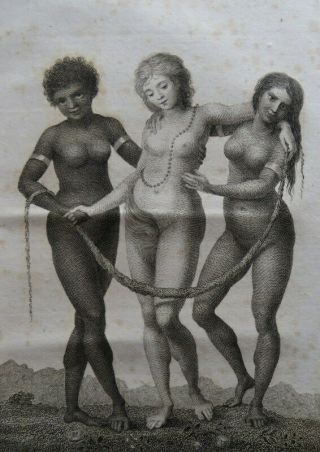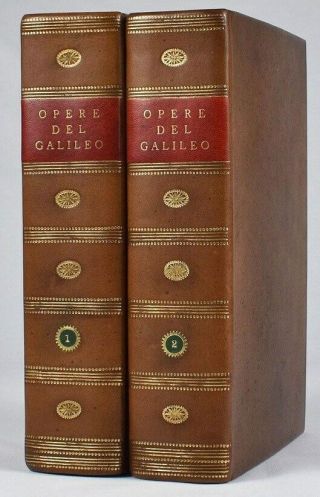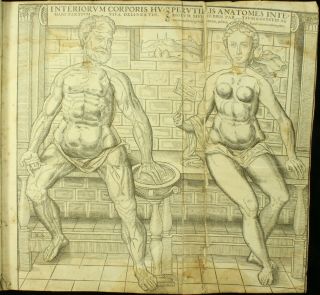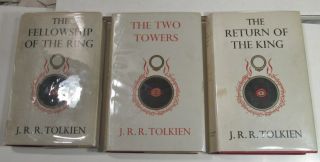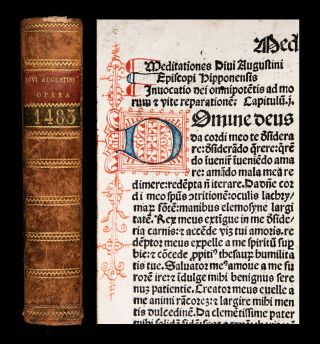1593 CLAVIUS Astrolabium ASTROLABE Geometry ASTRONOMY Instrument JESUIT SCIENCE
Item History & Price
[Spherical Astronomy] [Scientific Instruments - Astrolabe]
Printed in Rome at Tipografia Gabiana for Bartolomeo Grassi, 1593.Scarce FIRST EDITION of Clavius' INFLUENTIAL TREATISE ON THE ASTROLABE, which from antiquity through the Renaissance was the most basic and popular instrument used by astronomers and mathematicians to track the movements of the heavenly bodies and ma...ke elementary geometrical calculations."Rare [...] c'est dans cet ouvrage qu'on trouve le premier aperçu de la méthode de multiplication au moyen des fonctions circulaires, qui a reçu le nom de prostaphérèse." (Houzeau & Lancaster 3291)The Astrolabium, is one of the rarest works of Christopher Clavius, a prominent Jesuit German mathematician and astronomer, often referred to as "the Euclid of the sixteenth century." This large treatise is an important, comprehensive manual on the theory and and practice of the astrolabe, in which Clavius also deals with "some practical aspects of observational astronomy [and] makes a clear presentation of the resolution of spherical triangles and the stereographic projection." (A. Udias, Jesuit Contribution to Science: A History, p.8)"Clavius calculated and published a table of sines and cosines with 7 decimal places in his book Astrolabium. [...] Unlike other tables then in circulation, he was very careful to avoid errors. He showed how to interpolate to get precise values for fractions of seconds of arc. This significantly shortened computations in astronomy and spherical geometry. Clavius was the first to use a decimal point, some twenty years before it became common [and] the first to use parentheses to collect terms [...]" (C. Sigismondi, Christopher Clavius astronomer and mathematician, Il Nuovo Cimento I, no. 1 (2013), 231-236)."The rules for the solution of both plane and spherical triangles in the Astrolabium [...] comprehend nearly all the contemporary knowledge of trigonometry. In the Astrolabium, for example, is his treatment of the so-called prosthaphaeresis method, by which addition and subtraction were substituted for multiplication. [...] He also gives a graphic solution of spherical triangles based on the stereographic projection of the sphere." (DSB)"In his three books: Astrolabium, Geometria practica, and Triangula sphaerica, [Clavius] summarized all contemporary knowledge of plane and spherical trigonometry. Carl Boyer credits Clavius, ‘the Jesuit friend of Kepler, ' with the early use of the decimal point in 1593, twenty years before it became common. He used it in his tables of sines. He also introduced parentheses to express aggregates. His prosthaphaeresis (Greek for addition and subtraction), the grandparent of logarithms, relied on the sine of the sum and differences of numbers. In this way he was able to substitute addition and subtraction for multiplication, by solving the identity with which we are familiar today: 2 sin x sin y = cos(x-y)-cos(x+y)." (Joseph MacDonnell, Jesuit geometers, p.29)Remarkably, Clavius' Astrolabium became one of the few Western scientific works to be translated into Chinese soon after their appearance: Matteo Ricci (1552-1610), a student of Clavius, and a prominent "Italian Jesuit missionary who introduced Christian teaching to the Chinese empire in the 16th century" (Enc. Britannica), jointly with Li Zhizao (1565 - 1630 a "Chinese mathematician, astronomer, and geographer whose translations of European scientific books greatly contributed to the spread of Western science in China" (Enc. Britannica) published in China in 1607 a book called "Hun Gai Tong Xian Tu Shuo" ('Illustrated Explanation of Cosmological Patterns') based on a Chinese translation of selections from from the Astrolabium.Christopher Clavius (1538 - 1612) was a prominent Jesuit German mathematician and astronomer who modified the proposal of the modern Gregorian calendar after the death of its primary author, Aloysius Lilius. Clavius would later write defenses and an explanation of the reformed calendar, including an emphatic acknowledgement of Lilio's work. In his last years he was probably the most respected astronomer in Europe and his textbooks were used for astronomical education for over fifty years in and even out of Europe.Little is known about Clavius' early life other than the fact that he was born in Bamberg in either 1538 or 1537. His given name is not known to any great degree of certainty - it is thought by scholars to be perhaps Christoph Klau, or, perhaps, Schlüssel. Clavius joined the Jesuit order in 1555. He attended the University of Coimbra in Portugal, where it is possible that he had some kind of contact with the famous mathematician Pedro Nunes. Following this he went to Italy and studied theology at the Jesuit Collegio Romano in Rome. In 1579 he was assigned to compute the basis for a reformed calendar that would stop the slow process in which the Church's holidays were drifting relative to the seasons of the year. Using the Prussian Tables of Erasmus Reinhold and building on the work of Aloysius Lilius, he proposed a calendar reform that was adopted in 1582 in Catholic countries by order of Pope Gregory XIII and is now the Gregorian calendar used worldwide.Within the Jesuit order, Clavius was almost single-handedly responsible for the adoption of a rigorous mathematics curriculum in an age where mathematics was often ridiculed by philosophers as well as fellow Jesuits like Benito Pereira. As an astronomer Clavius held strictly to the geocentric model of the solar system, in which all the heavens rotate about the Earth. Though he opposed the heliocentric model of Copernicus, he recognized problems with the Ptolemaic model. He was treated with great respect by Galileo, who visited him in 1611 and discussed the new observations being made with the telescope; Clavius had by that time accepted the new discoveries as genuine, though he retained doubts about the reality of the mountains on the Moon. Later, a large crater on the Moon was named in his honor.Bibliographic references:Adams C-2093; de Backer/Sommervogel II, 1217f., 9; Brunet II, 92; Graesse II, 197; Houzeau/Lancaster 3291; Poggend. II, 455; Zinner, Astronomische Instrumente, 280.Physical description:Quarto, text block measures 213 mm x 157 mm. Bound in 20th-century half white pigskin over boards; unlettered spine with raised bands.Pagination: [48] 759 (i.e. 749) [5] pages (errors in pagination).
Collation: *4 b-e4 a4 A-Z4 Aa-Zz4 Aaa-Zzz4 Aaaa-Zzzz4 Aaaaa4 Bbbbb6 (Bbbbb6 blank present).
COMPLETE, including the rear blank.Title-page with a large woodcut of an astrolabe with a motto 'Sic luditur Astris'; further illustrated with hundreds of fine woodcut illustrations, diagrams, and tabled in text. Some woodcut initials, and head- and tail-pieces.
Leaf Yyyy1r with correct woodcut diagram pasted over original (incorrect) diagram, as called for.Text printed in single columns, in roman types of various sizes and some italic; printed marginal notes.Preliminaries include Clavius' dedicatory epistle to Francesco Maria II della Rovere, Duke of Urbino; followed by a table of contents and extensive indexes of lemmas, theorems, problems, etc. as well as a papal approbation statement.Errata at the end (leaves Bbbbb3r-4r); colophon and registrum on Bbbbb5r (verso blank).Condition:Very Good antiquarian condition. Complete. Occasional minor spotting and light browning to some leaves. Occasional light soiling. Title leaf neatly reinforced at gutter and with minor, barely noticeable repairs (without any loss); a few leaves with marginal paper-flaws (some repaired). Three leaves (Aa2, Bb2 and Cc2) with repaired paper-flaws within text (affected portions of text neatly supplied in manuscript). A small ink-smudge on p.301 (without loss of legibility). A few minor marginal notes in an early hand and occasional neat underlining in red (somewhat faded). Bound without front and rear free endpapers. In all, a nice, solid, well-margined example of this rare first edition.
Please right-click on thumbnails below and choose "open image in a new window" option to see larger images.



